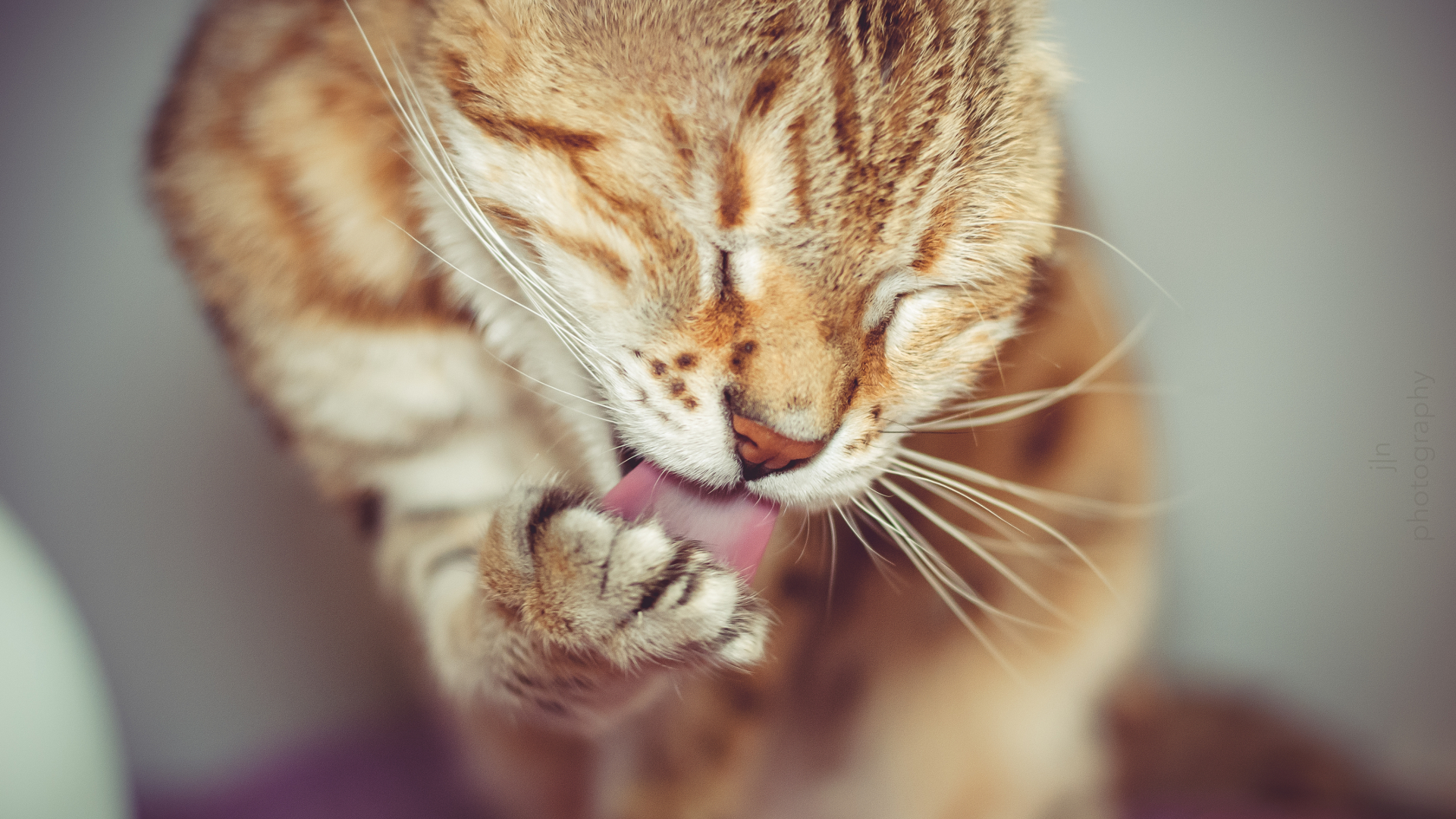Cats like to scratch. They scratch during play. They scratch while stretching. They scratch to mark territory or as a threatening signal other cats. And because cats’ claws need regular sharpening, cats scratch on things to remove frayed, worn outer claws and expose new, sharper claws. Unfortunately, all this scratching can cause a lot of damage to furniture, drapes and carpeting!
What to Do About Your Cat’s Scratching Habits
The best tactic when dealing with scratching is not to try to stop your cat from scratching, but instead to teach her where and what to scratch. An excellent approach is to provide her with appropriate, cat-attractive surfaces and objects to scratch, such as scratching posts. The following steps will help you encourage your cat to scratch where you want her to.
What NOT to Do
- Do not hold your cat by the scratching post and force her to drag her claws on it. This practice could seriously frighten your cat and teach her to avoid the scratching post completely. (She might decide to avoid you, too!)
- Do not throw away a favorite scratching post when it becomes unsightly. Cats prefer shredded and torn objects because they can really get their claws into the material. Used posts will also appeal to your cat because they smell and look familiar to her.Should You Declaw Your Cat?
NO!!! Some people declaw their cats to prevent or resolve a scratching problem. The term “declaw” is a misnomer. It implies that declawing only involves the removal of a cat’s claws. In reality, declawing involves amputating the end of a cat’s toes. Cats suffer significant pain while recovering from declawing. An alternative surgery, a tendonectomy, severs the tendons in a cat’s toes so that she’s unable to extend her nails to scratch. This procedure may or may not cause less pain. However, if you choose this type of surgery, you must clip your cat’s nails regularly because she’ll be unable to maintain them herself.SNAP Cats strongly discourages declawing and tendonectomies because of the extreme pain that these surgeries inevitably cause. Both procedures are illegal in some European countries because they’re considered cruel to animals. We only recommend such surgeries if a cat caretaker has unsuccessfully tried everything else to resolve scratching behavior and is considering euthanasia.







